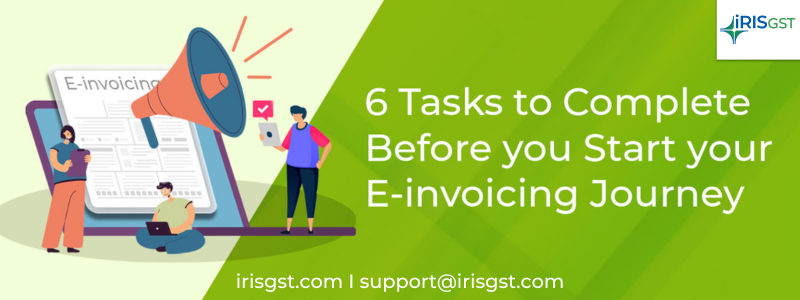
The latest development in e-invoicing requires companies with an annual aggregate turnover of Rs. 5 Cr. or more to generate IRN from August 1, 2023, (FY 2017-18 onwards) as per GST Notification 10/2023.
The e-invoice mandate extension has brought in a lot of queries and uncertainty among businesses. In this article, we share all the important tasks that one needs to undertake before starting their e-invoicing journey.
To start generating e-invoices, there are certain preparatory activities. Organisations can get started with these in parallel to getting their internal system and processes ready for e-invoices. In this article, we share all the important tasks that one needs to undertake before starting their e-invoicing journey.
- Defining Rs. 5 Cr. Limit: E-invoicing is applicable to you only if your annual aggregate turnover (AATO) exceeds Rs. 5 Cr. in any financial year right from 2017-18. The annual aggregate is the actual PAN level turnover. It does not include the tax portion and only the actual supplies are covered under turnover.
- E-invoice Enablement Status: Once you know your PAN falls under the mandate, you need to check the enablement status for your GSTIN on the NIC E-invoice Portal for e-invoicing. You can check the same on the official link: E-invoice Enablement Status
- Get yourself Enabled on the Official Portal: If the status of your GSTIN is not yet enabled on the official portal and the e-invoice mandate is applicable to you, then you need to get yourself enabled manually. Here is the official link: Enable GSTIN for E-invoicing
- In case of E-invoice Non-Applicability: If the status of your GSTIN is enabled but the e-invoice mandate is not applicable to you, raise a ticket to get your GSTIN disabled for e-invoice. Keeping it enabled may not directly impact you, however, if your customers verify your status using the NIC portal, then declaration from you may be asked. Here is the link : Raise ticket
- Register on the LIVE E-invoice Portal: Once you have all your GSTINs enabled, then the next step is to register on a government authorized Invoice Registration Portal. IRIS is now an IRP. You can register at IRIS IRP and start generating e-invoices.
- Register your GSP for E-invoicing: With enablement and registration, you can start using the IRIS IRP portal for e-invoice generation. If you are using ASP-GSP or any third-party applications like your ERP system, then an additional step of selecting your GSP or ERP is needed. For this login into the IRIS IRP portal and Authorize API access. Read https://einvoice6.gst.gov.in/content/kb/user-onboarding/
*****
IRIS GST, a business line of IRIS Business Services Limited is one of the few authorized GSPs chosen in the first round of selection by GSTN in 2017. At IRISGST, we believe that the implementation of GST and now e-invoicing will play a pivotal role in crafting the technological advancement of any business.
If you are looking for Automated, Integrated and Seamless e-invoicing Software, contact us today! Our e-invoicing solution is a complete tool for a seamless e-invoicing process.
IRIS E-invoicing has proven to be a blessing for all our clients who managed to carry out the entire process of IRN generation smoothly. Our team has been dedicated to helping clients with all their queries and has been conducting free webinars to spread awareness about the latest changes and extend support in the implementation of the e-invoice mandate.
– VANDIT SHAH, GIA INDIA
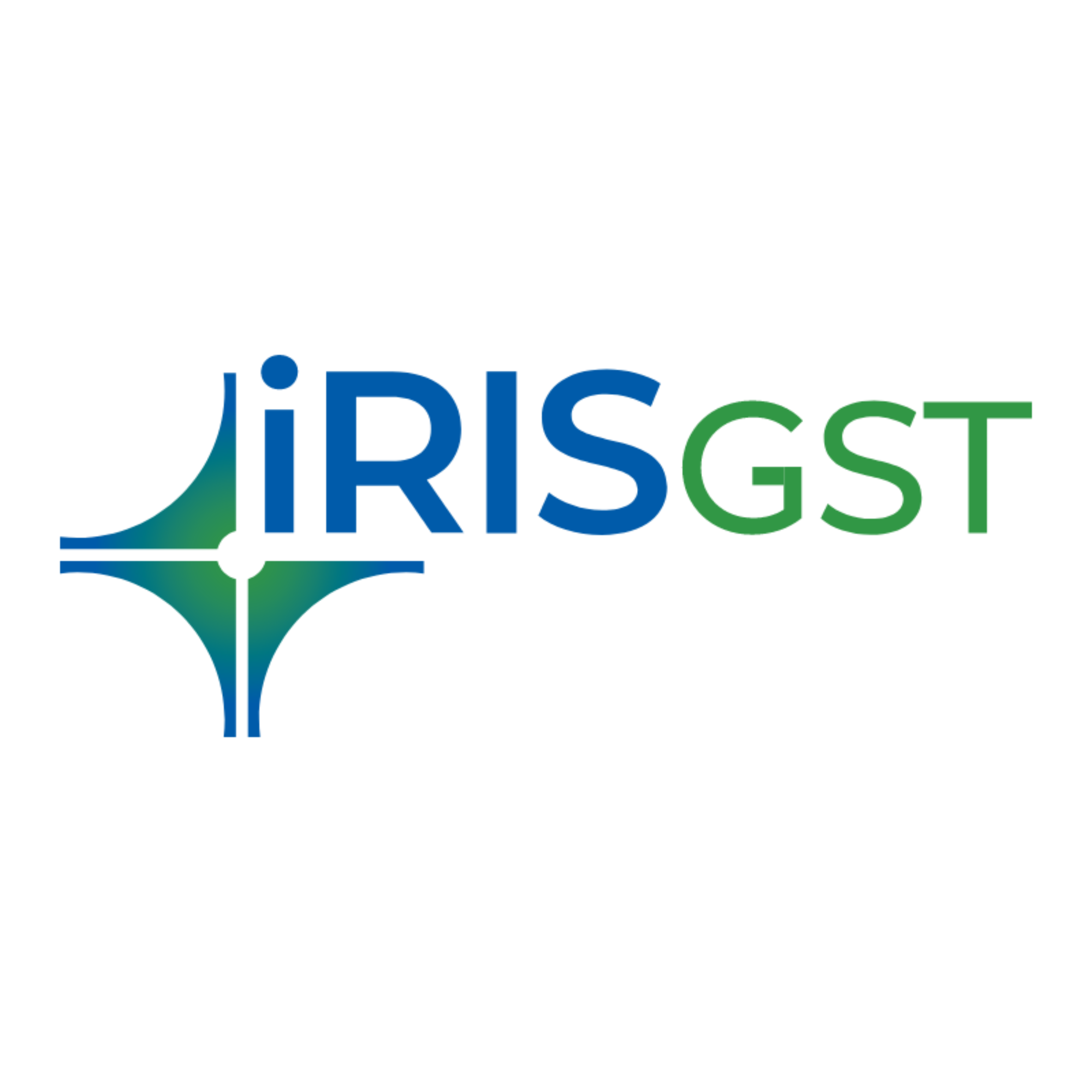
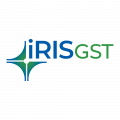
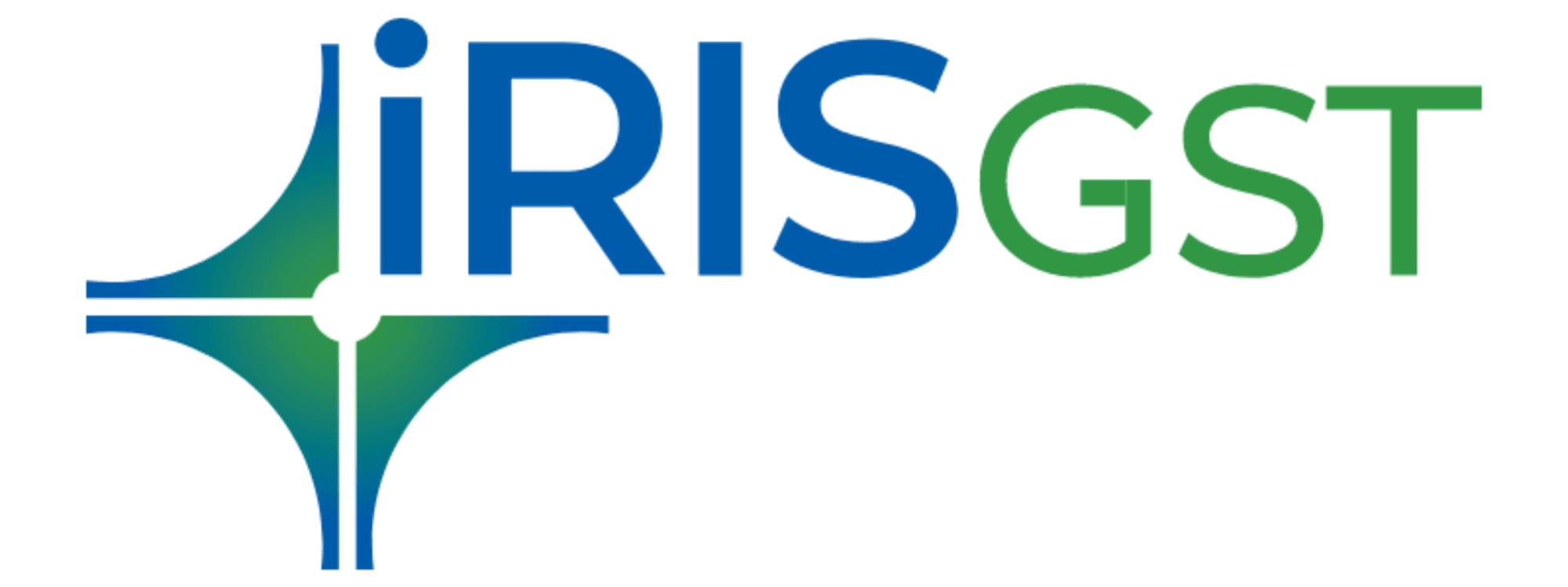



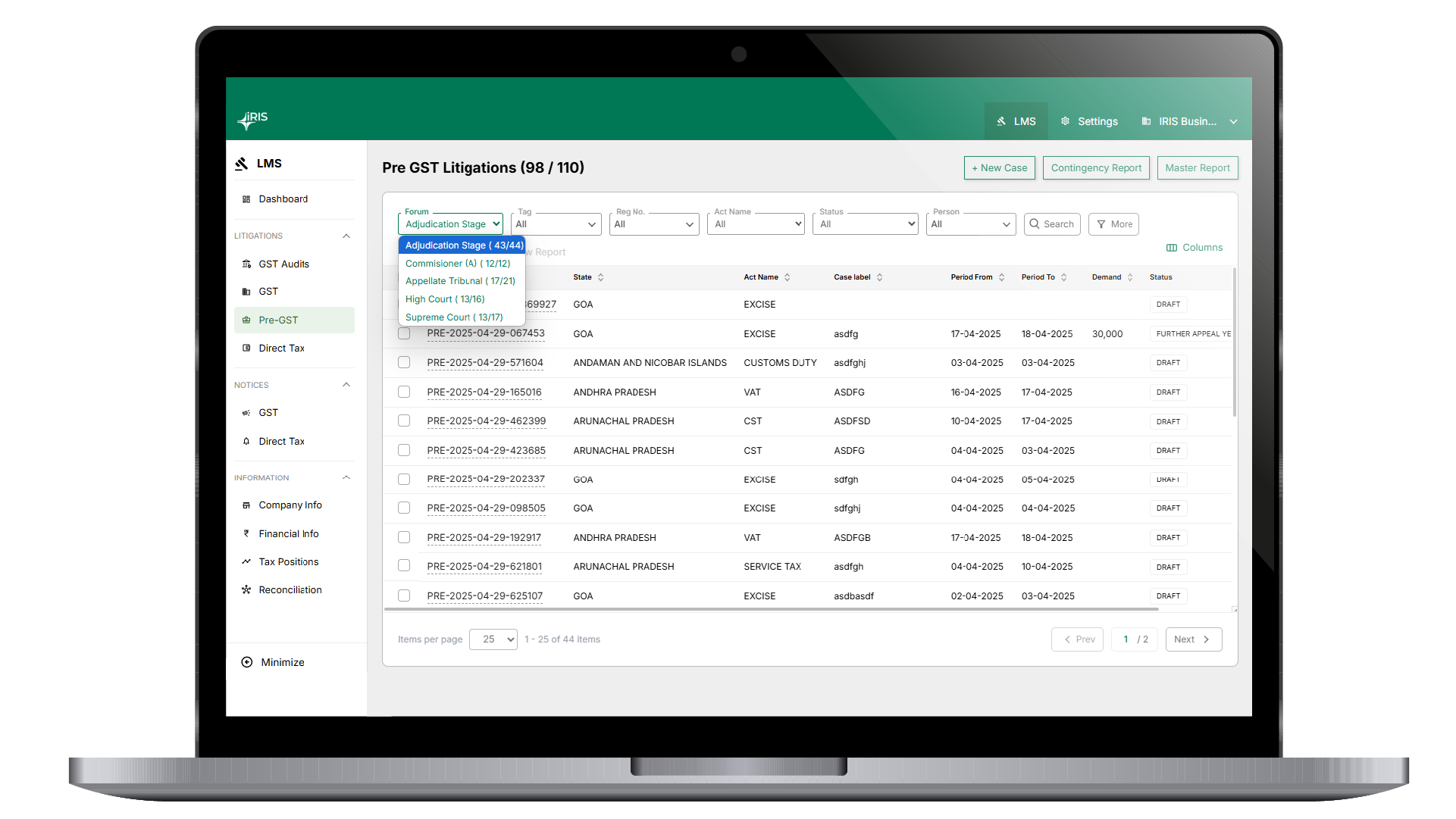
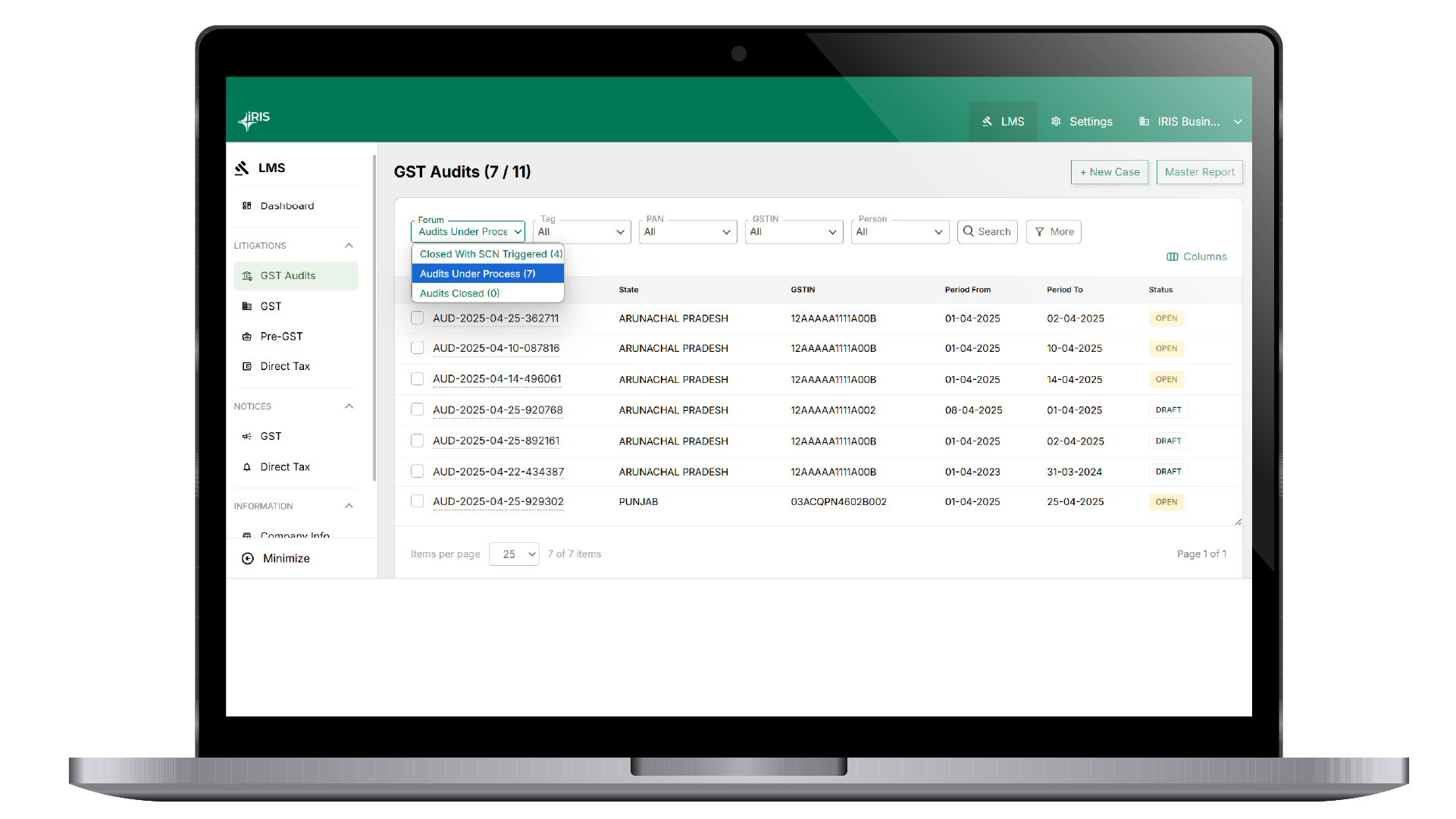
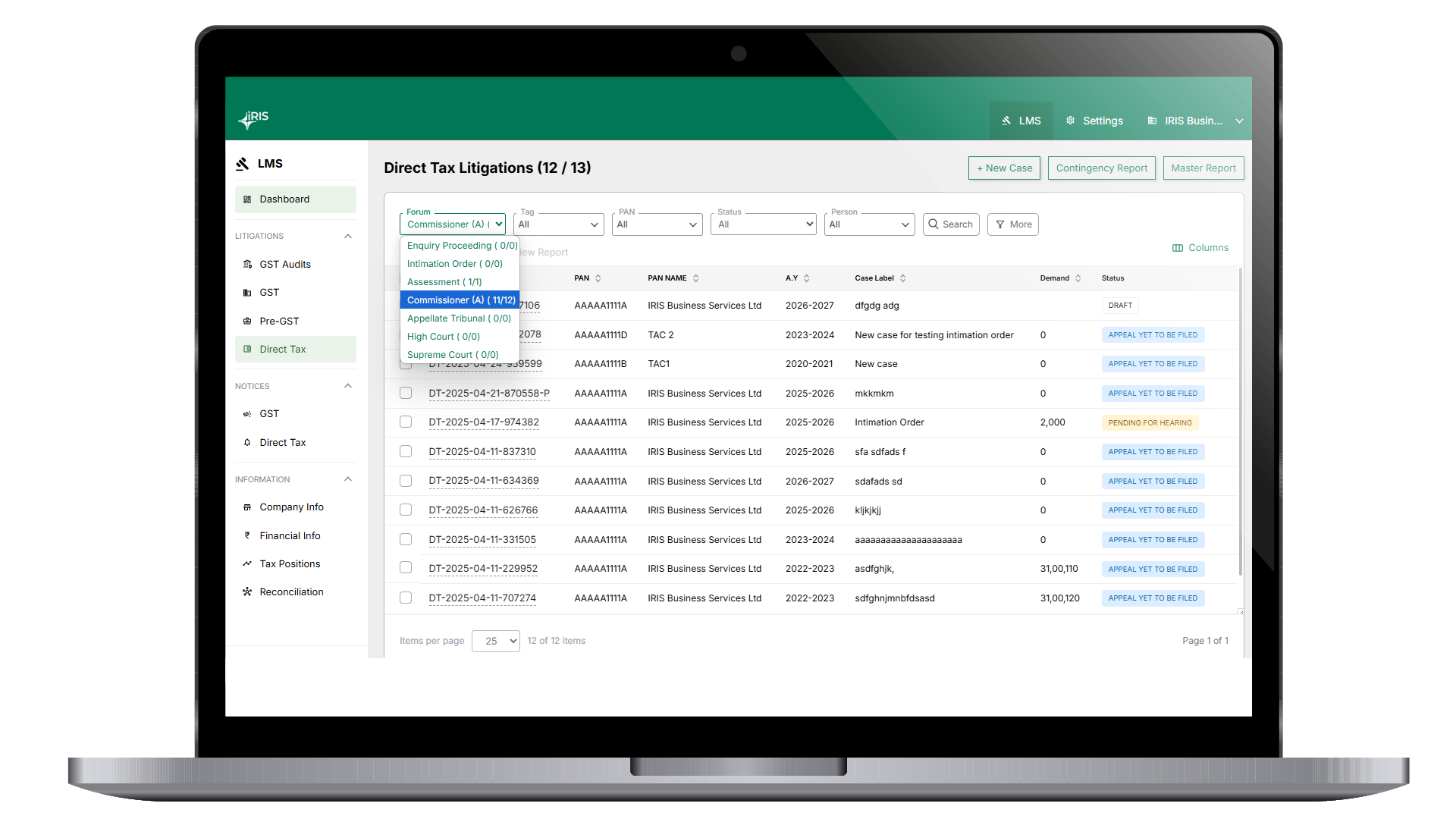
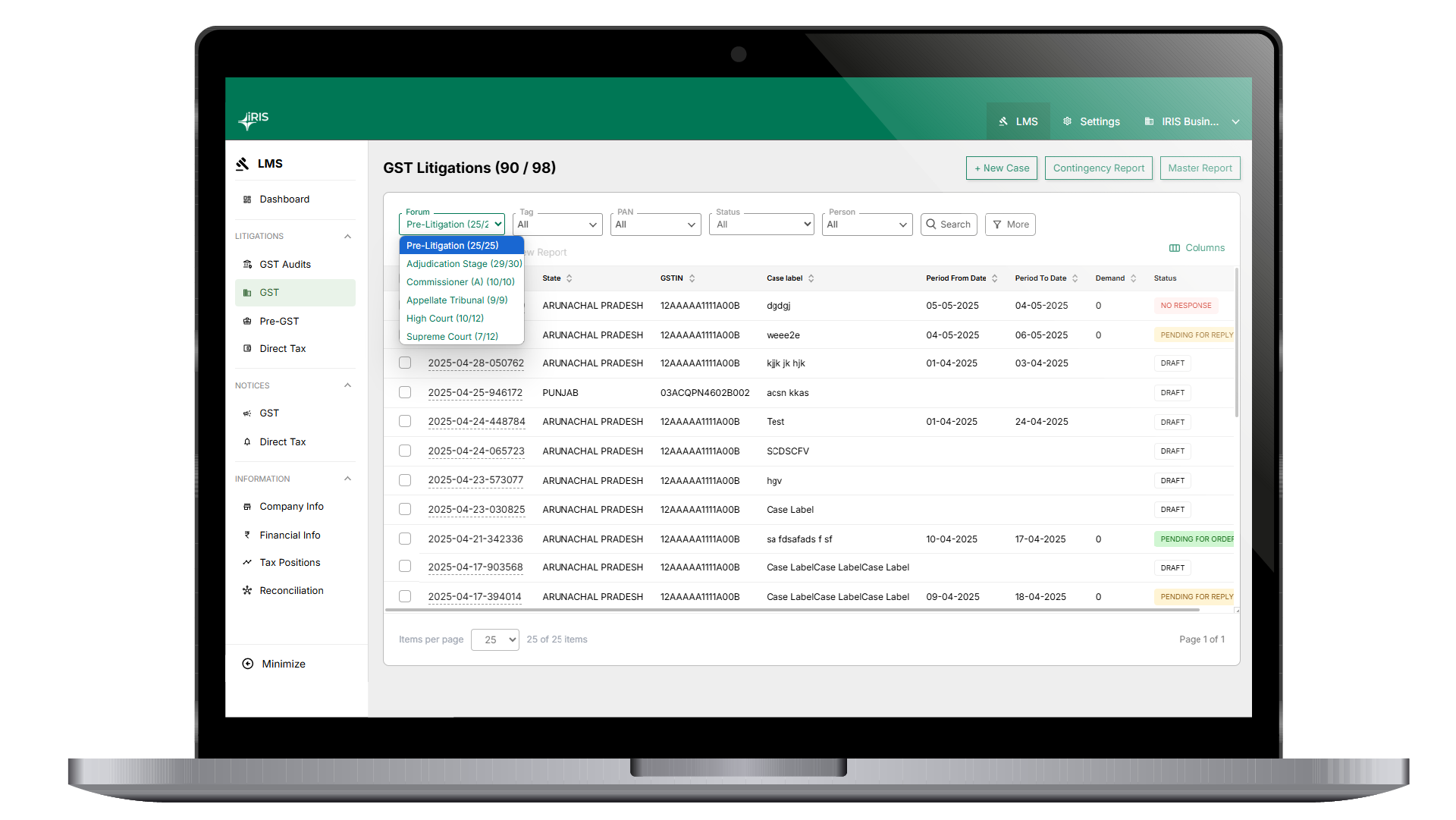
















































































































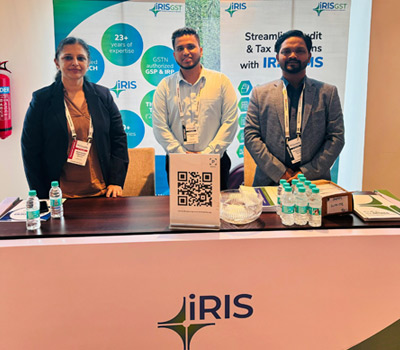


















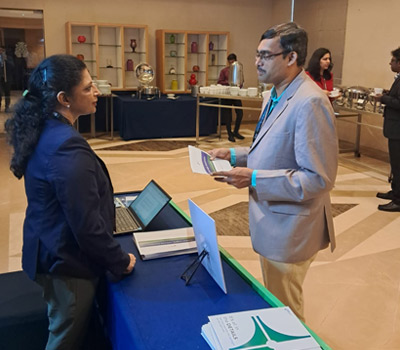
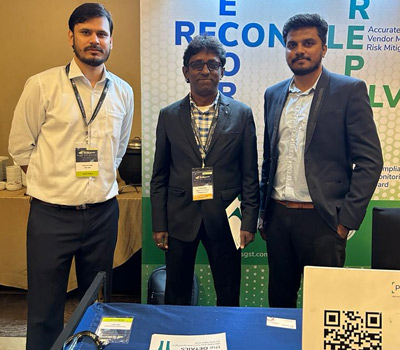

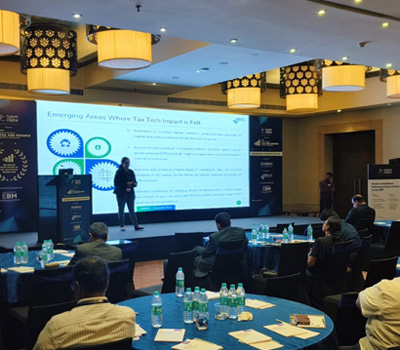

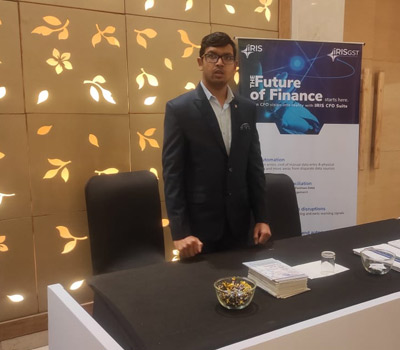
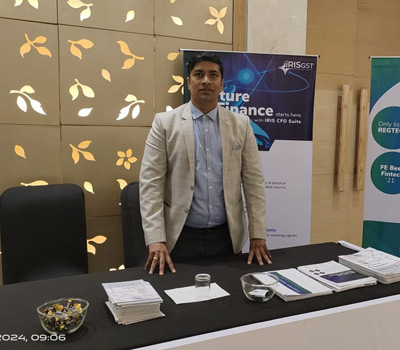
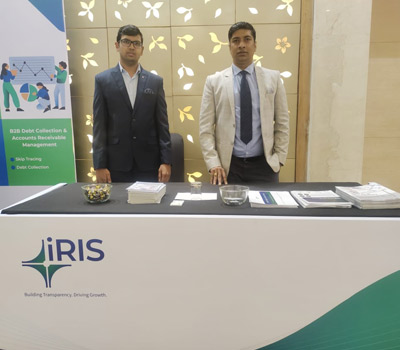




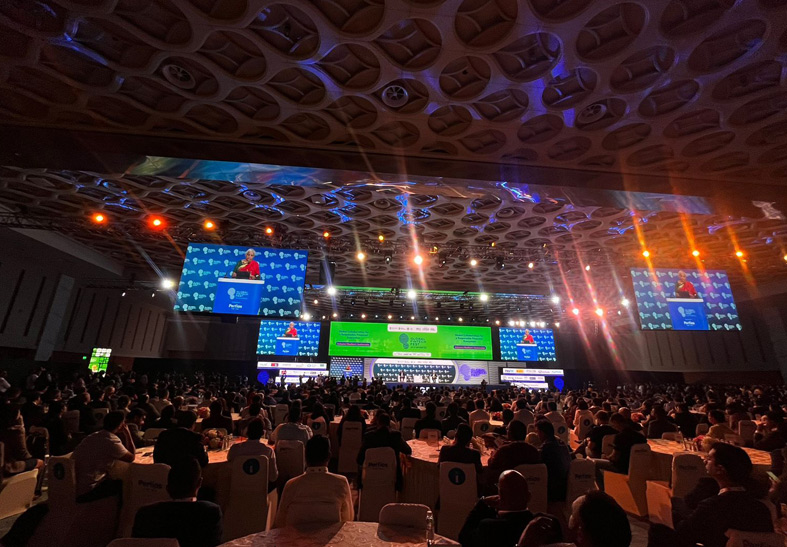

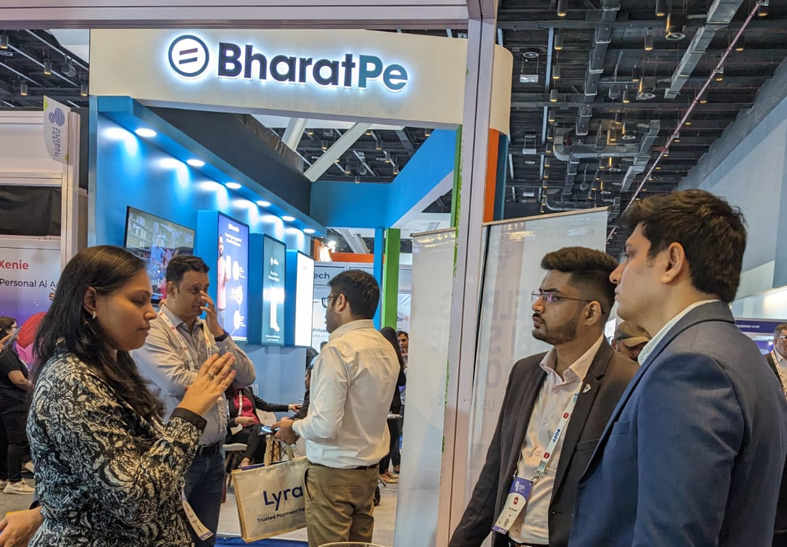
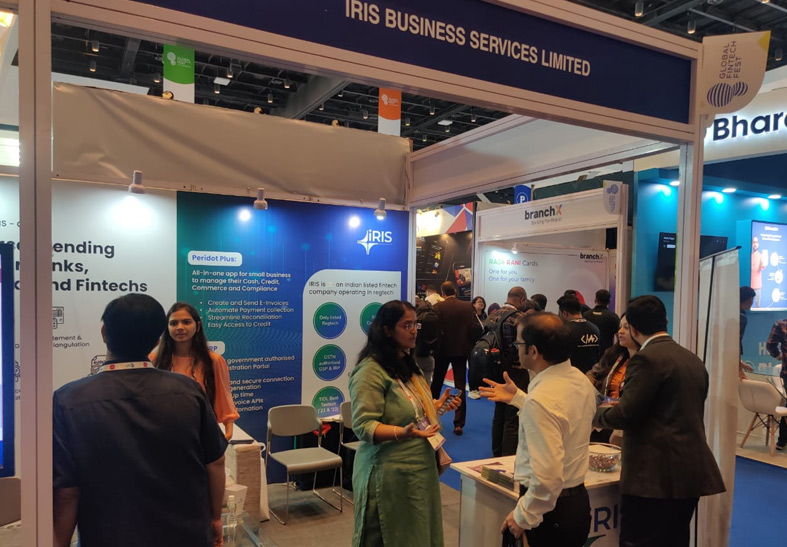
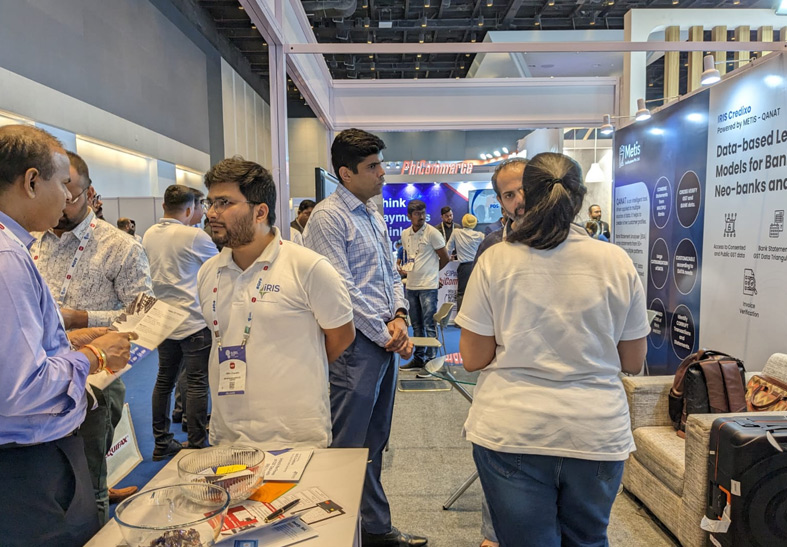
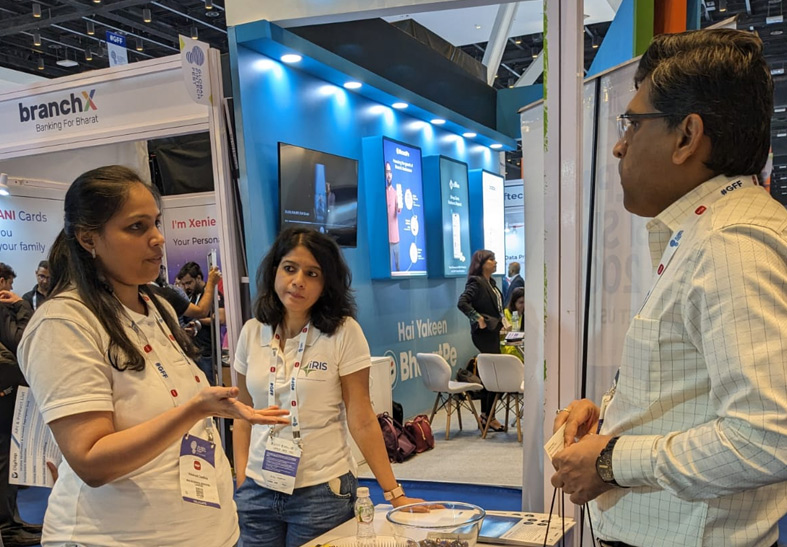
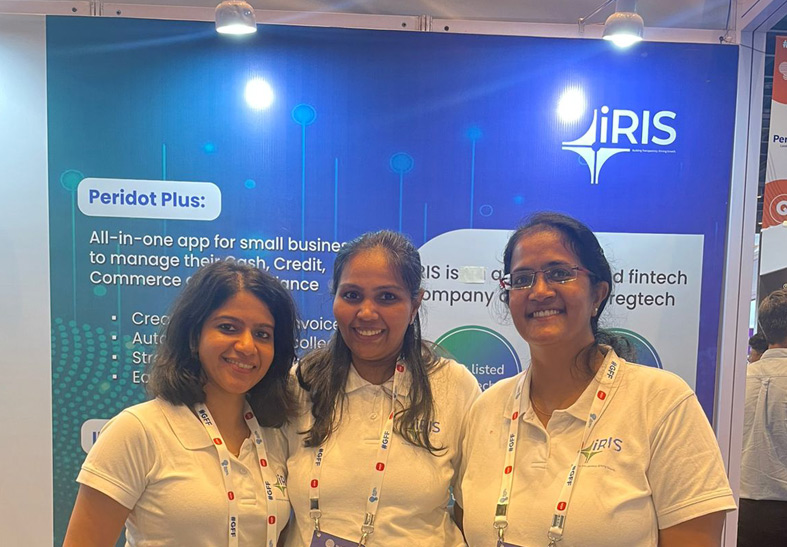
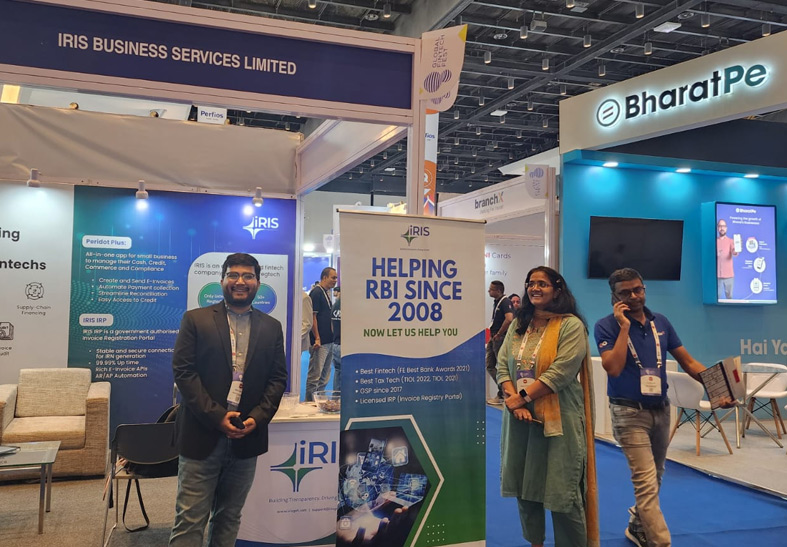


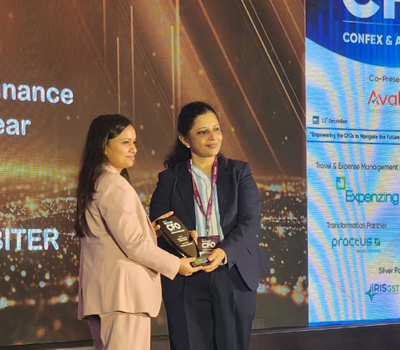


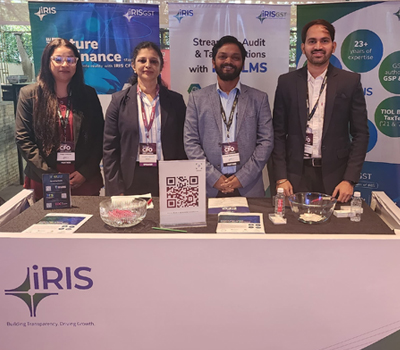









































































Thanks a lot for providing individuals with remarkably memorable opportunity to discover important secrets from this blog. It’s always so superb and as well , jam-packed with a good time for me personally and my office fellow workers to visit the blog not less than three times a week to study the latest guidance you will have. Of course, I’m so usually fascinated for the effective tactics you serve. Certain 4 ideas in this posting are really the very best we have ever had.
Hi there, simply become aware of your weblog thru Google, and found that it’s really informative. I’m going to be careful for brussels. I’ll be grateful if you happen to proceed this in future. Many other folks can be benefited out of your writing. Cheers!